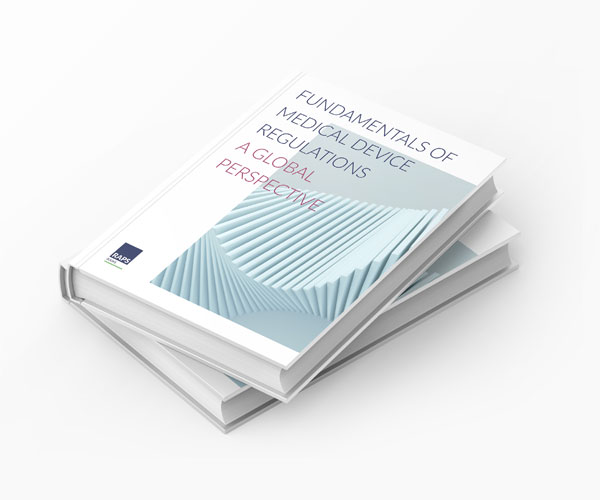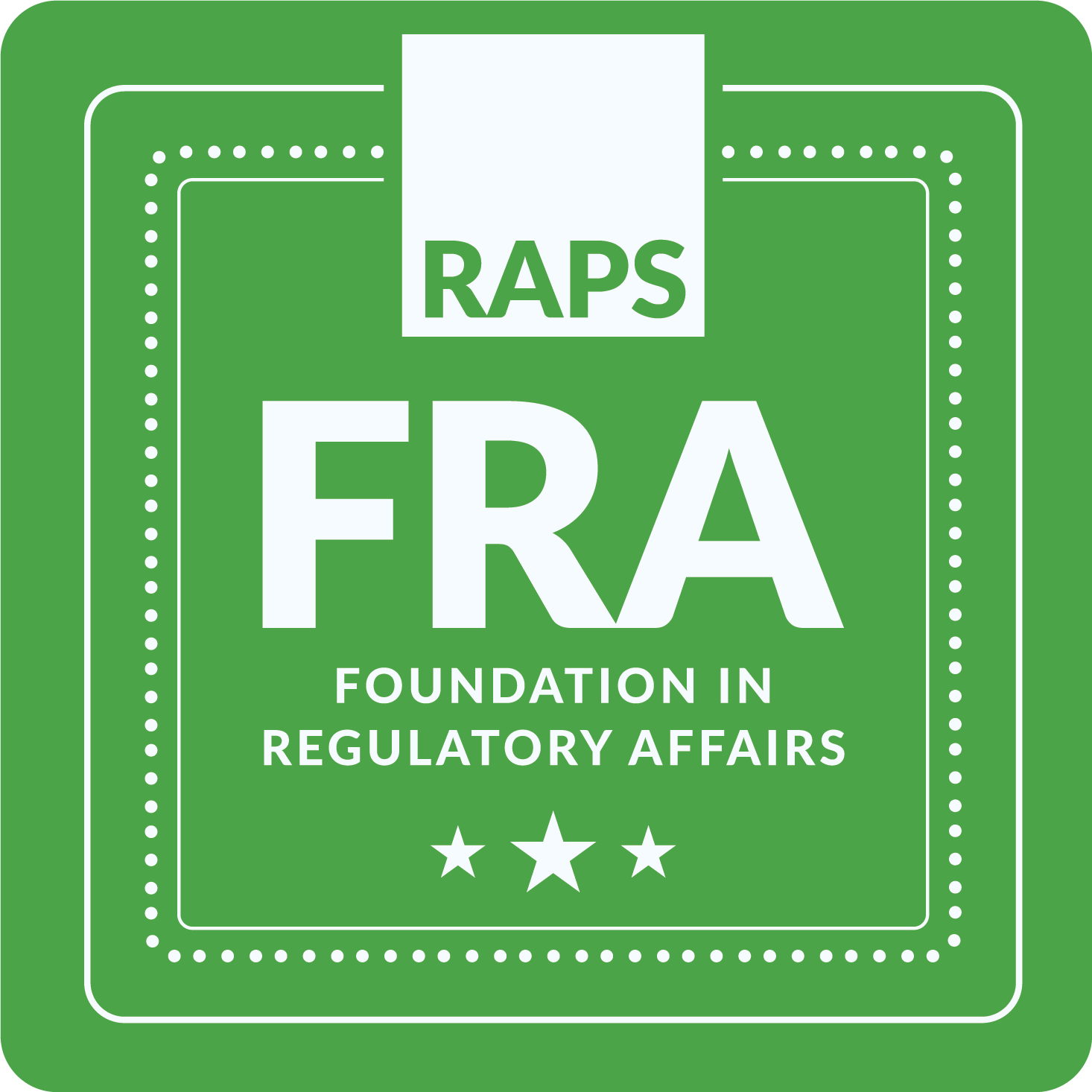Convergence: Confusion lingers over interchangeability and switching of biosimilars
![]() Regulatory News | 10 October 2023 |
Regulatory News | 10 October 2023 |
Amgen's Leah Christl speaks at Convergence
MONTREAL – While there are some areas of general alignment on standards for accepting biosimilar applications in the US, EU and Canada, some differences are impeding global development programs, according to panelists at RAPS Convergence 2023.
The panelists explored some of these similarities and differences against the backdrop of a rapidly evolving biosimilar market.
Leah Christl, the session’s moderator and executive director of global biosimilar regulatory affairs and R&D policy at Amgen, opened the discussion by highlighting lingering areas of confusion around the terms interchangeability, switching and substitution, which the various regulators define differently.
In the US, pharmaceutical substitution is a practice where one drug can be switched to another in the pharmacy without consulting the prescriber, while switching is when a prescriber decides to exchange a biosimilar for another medicine with the same therapeutic intent. The term interchangeable is defined by statute to mean that the product may be substituted for the reference product without the intervention of the prescriber.
These terms “have created a lot of confusion globally,” Christl said.
Divergent biosimilar requirements
Antonina Nikolova, vice president CMC at Allucent, addressed some other divergent regulatory requirements. One difference is the number of batches needed to demonstrate biosimilarity. For instance, FDA recommends at least 10 batches while the EU and Canada do not specify the number of batches.
In the non-clinical area, while regulators typically require testing the products on relevant animal species, the US may in some instances require the use of a pharmaceutical non-relevant species to evaluate comparative pharmacokinetic (PK) and systemic tolerability.
Regulatory alignment on reviews
Yet Nikolova noted that one area of alignment is that regulators are looking at similar elements when reviewing applications, especially in the chemistry, manufacturing and controls (CMC) area of biosimilar applications.
A recent study conducted by Pfizer found “a consistent, predominant focus on CMC from all regulatory authorities,” Nikolova said. The review, which was published in June 2021, was based on Pfizer’s experiences with four approved biosimilars, which were submitted to the FDA, EMA, Japan’s PMDA and Health Canada. The CMC queries focused on drug product shipping validation, facilities, on-site inspections, and sample testing.
Marcus Delatte, vice president of regulatory strategy at Allucent, pointed out other areas of alignment. For instance, both EMA and FDA allow applicants to compare a biosimilar medicine in clinical trials and nonclinical studies with a comparator that is not authorized in their jurisdictions. However, applicants also have to justify the relevance of using such comparative studies with the selected non-authorized comparator. In some cases, bridging studies would be needed, he said.
The panelists explored some of these similarities and differences against the backdrop of a rapidly evolving biosimilar market.
Leah Christl, the session’s moderator and executive director of global biosimilar regulatory affairs and R&D policy at Amgen, opened the discussion by highlighting lingering areas of confusion around the terms interchangeability, switching and substitution, which the various regulators define differently.
In the US, pharmaceutical substitution is a practice where one drug can be switched to another in the pharmacy without consulting the prescriber, while switching is when a prescriber decides to exchange a biosimilar for another medicine with the same therapeutic intent. The term interchangeable is defined by statute to mean that the product may be substituted for the reference product without the intervention of the prescriber.
These terms “have created a lot of confusion globally,” Christl said.
Divergent biosimilar requirements
Antonina Nikolova, vice president CMC at Allucent, addressed some other divergent regulatory requirements. One difference is the number of batches needed to demonstrate biosimilarity. For instance, FDA recommends at least 10 batches while the EU and Canada do not specify the number of batches.
In the non-clinical area, while regulators typically require testing the products on relevant animal species, the US may in some instances require the use of a pharmaceutical non-relevant species to evaluate comparative pharmacokinetic (PK) and systemic tolerability.
Regulatory alignment on reviews
Yet Nikolova noted that one area of alignment is that regulators are looking at similar elements when reviewing applications, especially in the chemistry, manufacturing and controls (CMC) area of biosimilar applications.
A recent study conducted by Pfizer found “a consistent, predominant focus on CMC from all regulatory authorities,” Nikolova said. The review, which was published in June 2021, was based on Pfizer’s experiences with four approved biosimilars, which were submitted to the FDA, EMA, Japan’s PMDA and Health Canada. The CMC queries focused on drug product shipping validation, facilities, on-site inspections, and sample testing.
Marcus Delatte, vice president of regulatory strategy at Allucent, pointed out other areas of alignment. For instance, both EMA and FDA allow applicants to compare a biosimilar medicine in clinical trials and nonclinical studies with a comparator that is not authorized in their jurisdictions. However, applicants also have to justify the relevance of using such comparative studies with the selected non-authorized comparator. In some cases, bridging studies would be needed, he said.
© 2025 Regulatory Affairs Professionals Society.









![Globalization of Clinical Research Trials and Investigations [3.0 RAC]](https://my.raps.org:443/images/c815fbb4-8965-4c34-a777-f3a6f3464df0.img?resize=yes)


